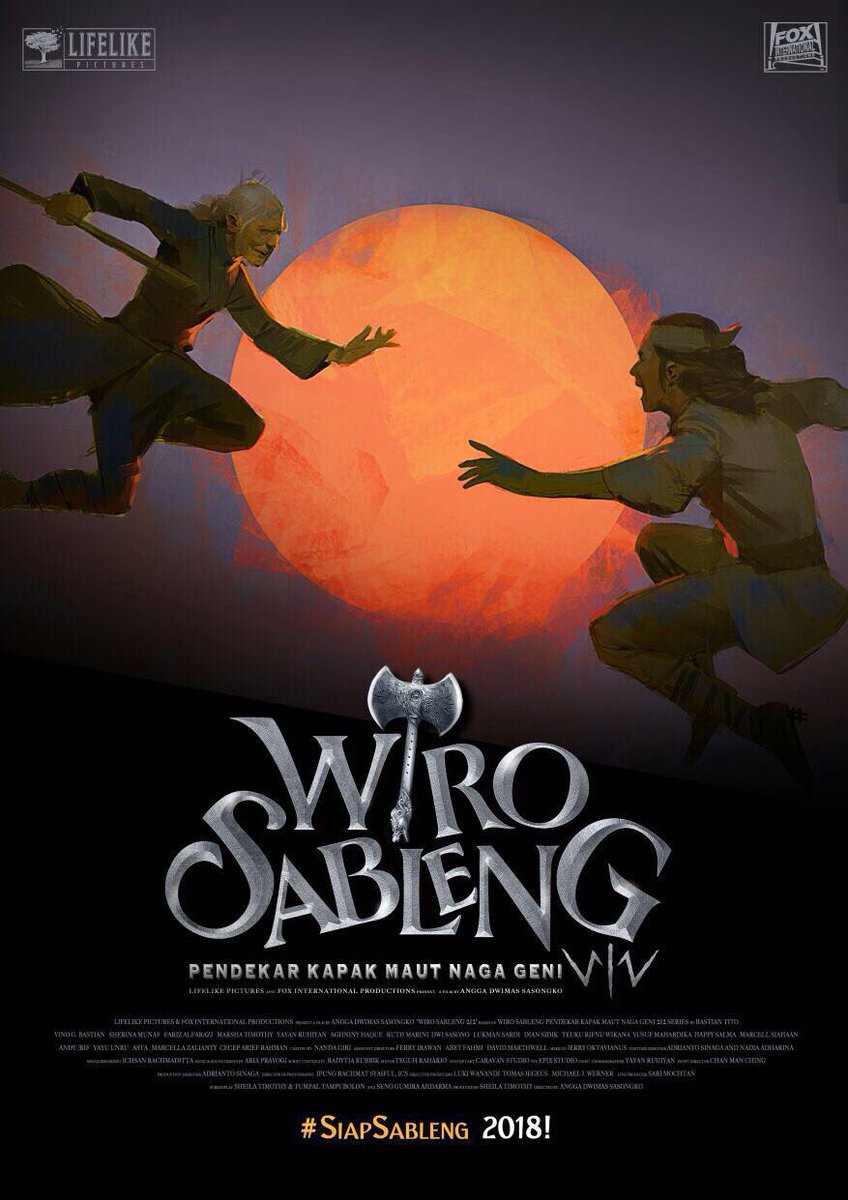


Sharp, poisonous needles can shoot out of the dragon's mouth. A dragon’s head is carved on the bottom of the axe's handle. The handle of the axe is actually a seruling (traditional Sundanese flute) that when blown will emit a piercing sound that will make enemies go deaf. Sinto also passed down to Wiro his powerful double-bladed axe, the Kapak Naga Geni 212. It was Sinto who gave Wira his nickname of "Wiro Sableng" – "sableng" and "gendeng" both mean "crazy," "mad," or "insane" in Javanese – at their bootcamp on West Java's Mount Gede. Little Wira was rescued and then trained by Sinto Gendeng ("Mad Sinto"), Mahesa's teacher before he turned to the dark side. His parents were soon killed by Mahesa Birawa, who later became Wiro's arch enemy. In Bastian's novels, Wiro was born Wira Saksana, the son of Raden Ranaweleng and Suci. Bastian, the actor who will play Wiro Sableng in the screen adaptation. The mad warrior character was first created in the late 1960s by Bastian Tito, the father of Vino G. The Wiro Sableng legend started in "cersil," an acronym for "cerita silat" ("martial arts stories"), action-packed dime novels usually centered on the adventures of a local warrior. Wiro Sableng is such a legend, but what do we know of the character's origins? Now Wiro's story has been adapted for the big screen by Lifelike Pictures and 20th Century Fox, and is about to hit Indonesian cinemas on Thursday (30/08). Indonesians who grew up in the 1990s might remember seeing "Wiro Sableng," or "Crazy Wiro," on television, with Herning "Ken Ken" Sukendro playing the axe-wielding mad warrior.


 0 kommentar(er)
0 kommentar(er)
